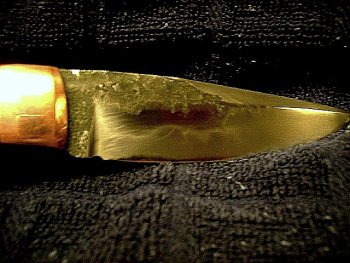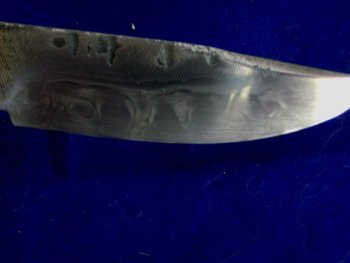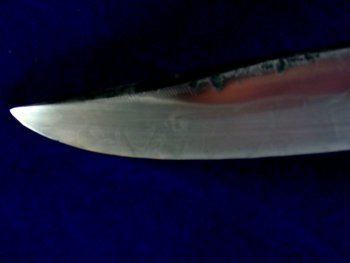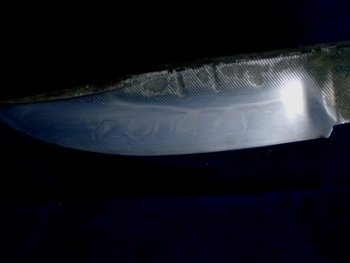Brad Lilly
Moderator and Awards Boss
Hi All
I'm a confirmed junkyard rat, I love to scrounge stuff. My latest haul at the local junkyard included a black diamond file. The file is 16" long with a 3 1/2" long rat tail and 1 1/2" at its widest point. I have never seen a black diamond file around here so I'm assuming its old? and may have good steel in it? I avoid new files they seem to be some funny alloy.
Brad
I'm a confirmed junkyard rat, I love to scrounge stuff. My latest haul at the local junkyard included a black diamond file. The file is 16" long with a 3 1/2" long rat tail and 1 1/2" at its widest point. I have never seen a black diamond file around here so I'm assuming its old? and may have good steel in it? I avoid new files they seem to be some funny alloy.
Brad




